The land of the few and far between
07.10.22–25.11.22
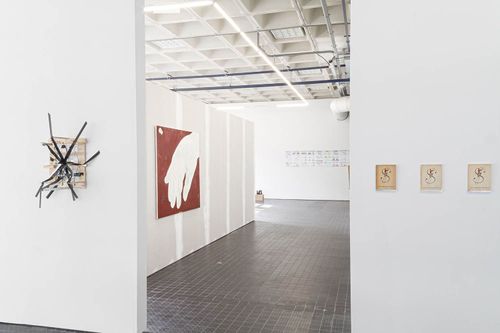
About the exhibition
But at last he arrived. And quite magnificent he looked too, perched on a branch which was screwed on to a mahogany plinth, with one foot held raised, his head cocked to one side and holding in his beak a nut which the taxidermist, in order to add a little touch of grandeur, had gilded. Félicité installed him in her room. This room, which few were allowed into, was filled with a mixture of religious knick-knacks and other miscellaneous bits and pieces and resembled something between a chapel and a bazaar. A large wardrobe made it awkward to open the door fully. Opposite the window that looked out onto the garden was a smaller circular window which looked out onto the courtyard. There was a plain, unsprung bed and bedside it a table with a water jug, two combs and a small cake of blue soap on a chipped plate. Fixed to the wall were rosaries, medals, several pictures of the Virgin and a holy-water stoop made out of a coconut shell. On the chest of drawers, which was draped with a cloth like an altar, was the shell box that Victor had given her, a watering can and a ball, some handwriting books, the illustrated geography book and a pair of little ankle boots. Hanging by its two ribbons from the nail which supported the mirror was the little plush hat. These keepsakes meant so much to Félicité. She had even kept one of Monsieur’s frock coats. If there was anything that Madame Aubain wanted to get rid of, she would find a place for it in her room, like the artificial flowers beside her chest of drawers and the portrait of the Comte d’Artois1 in the window recess. Loulou was placed on a little shelf made especially for the purpose and fixed to a chimney breast which protruded into the room. Every morning, as she woke, she would catch sight of him in the early morning light and would recall the days gone by, trivial incidents, right down to the tiniest detail, remembered not in sadness but in perfect tranquillity.*
1 The Comte d’Artois: King Charles X, formerly Comte d’Artois, came to the throne in 1824. and was deposed in 1830. Brother of Louis XVI and Louis XVII who in 1824. took the throne under the name of King Charles X. The portrait was spread during the reign of Louis XVI as a means of royal propaganda.
- From ‘A Simple Heart’ by Gustave Flaubert, 1869
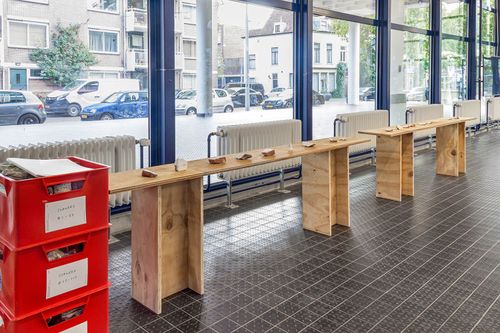
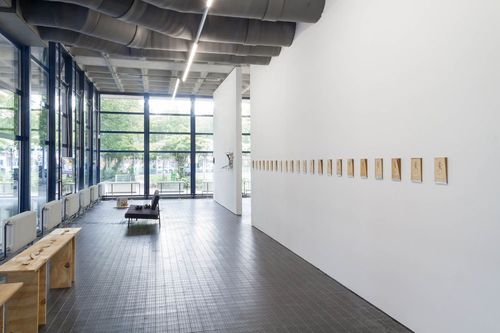
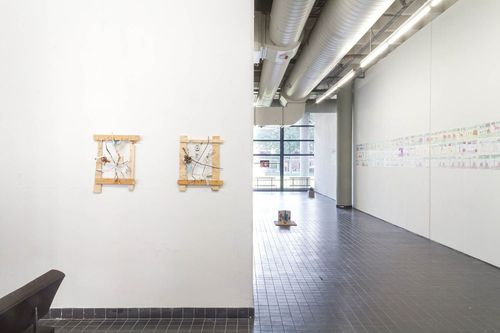
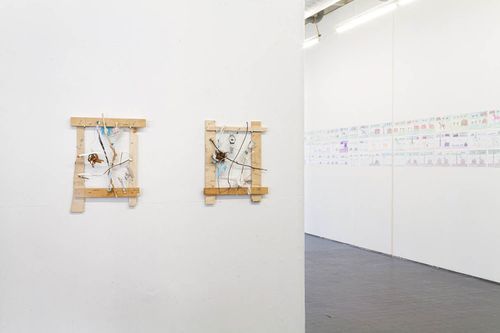
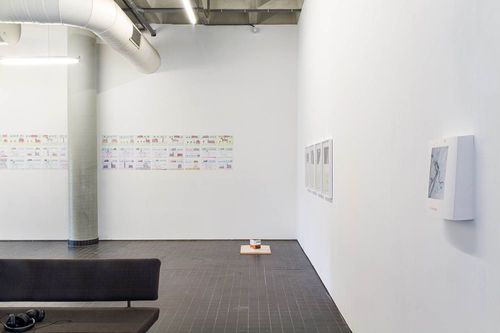
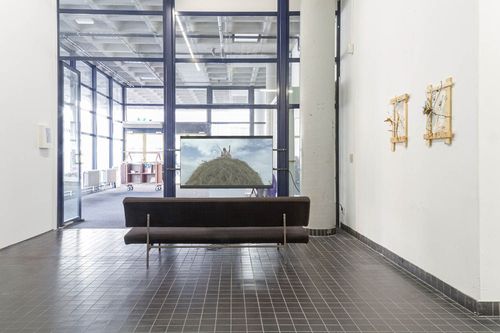
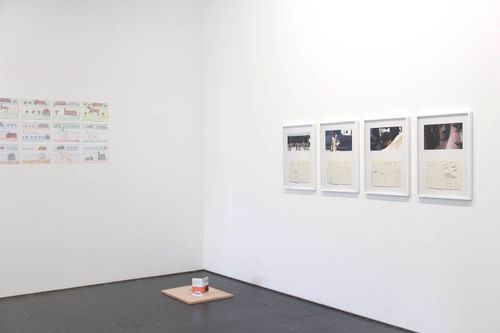
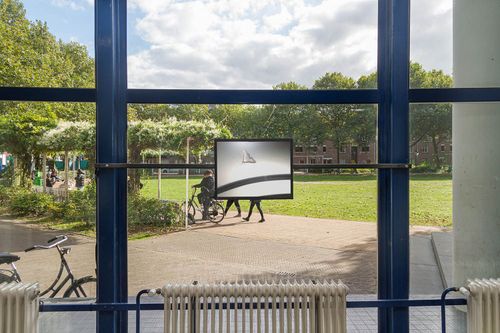
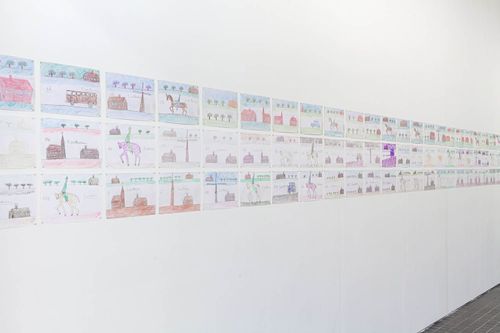
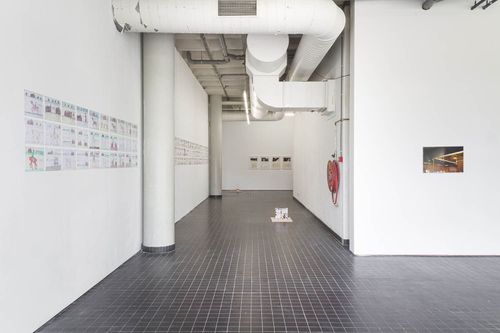
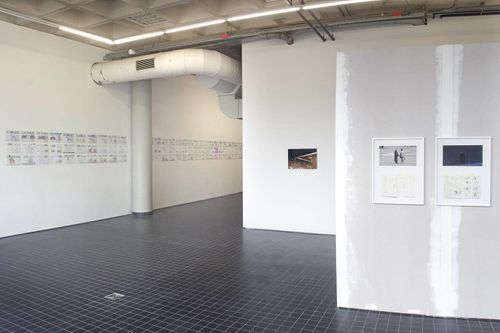
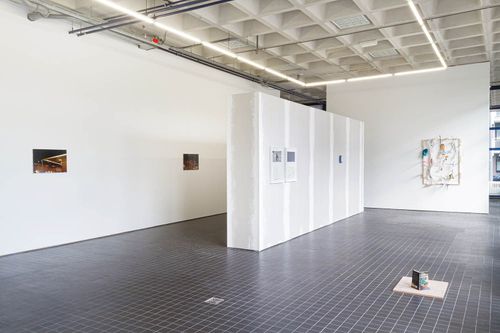
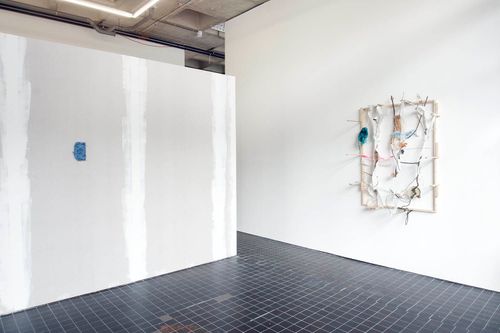
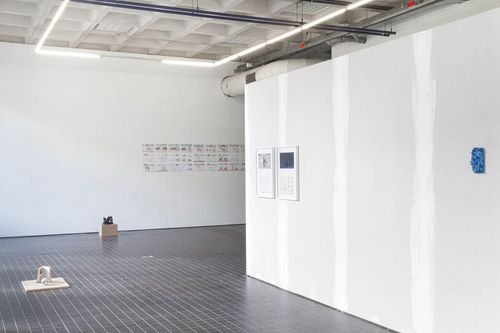
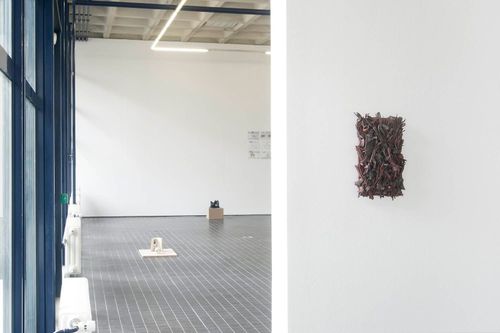
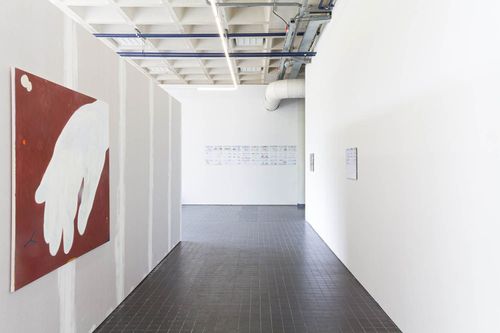
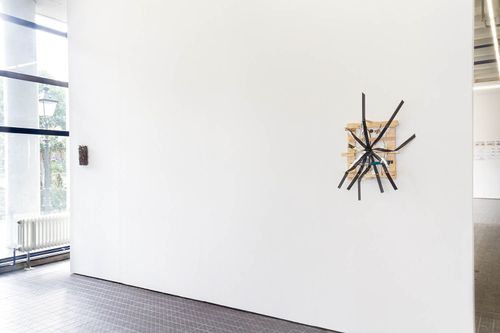

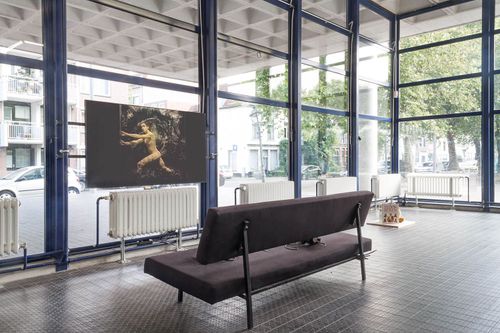
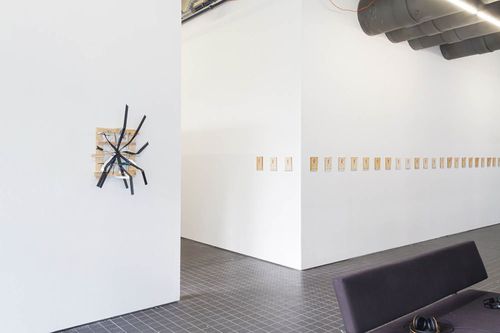
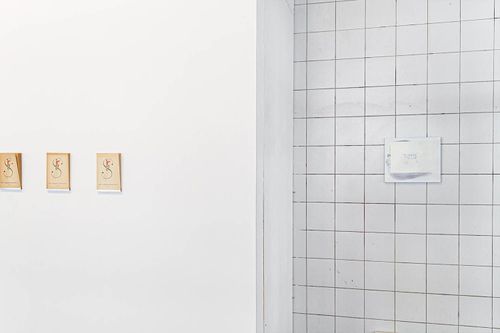
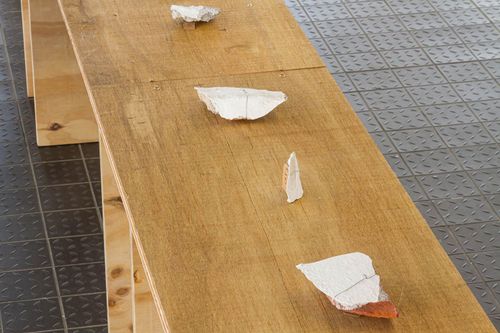

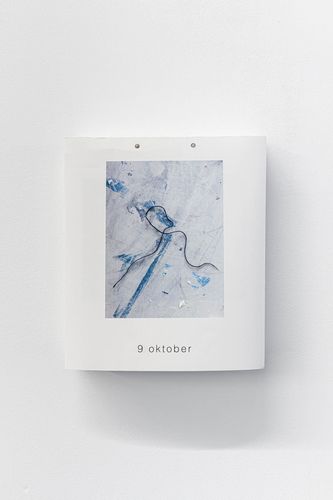
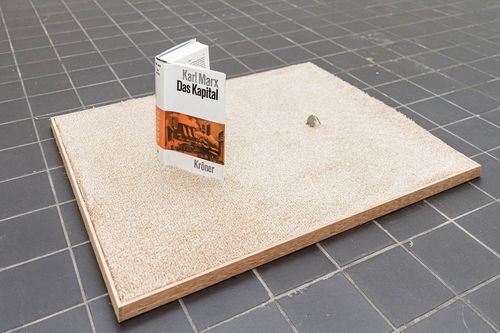
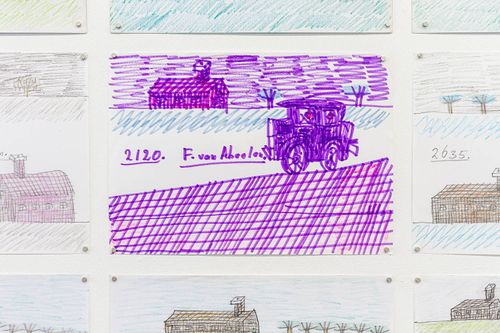
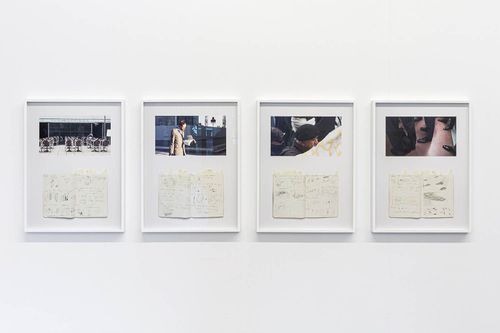
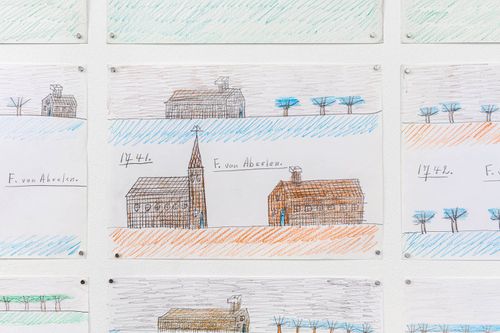
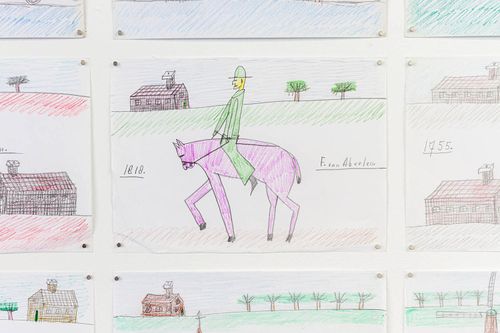
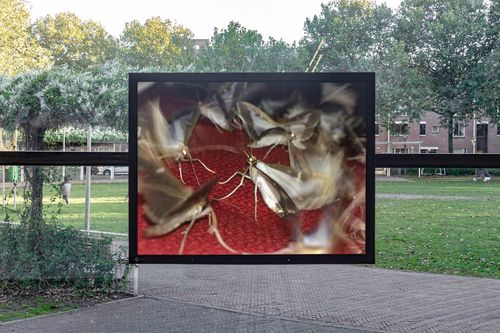
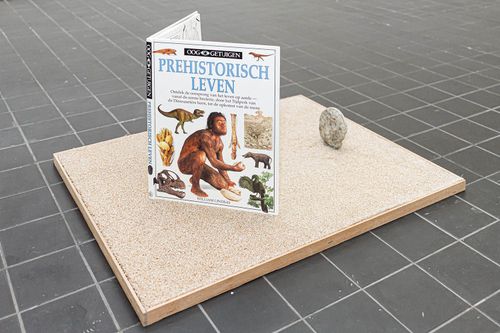

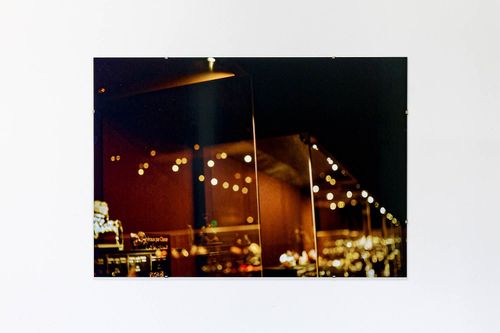
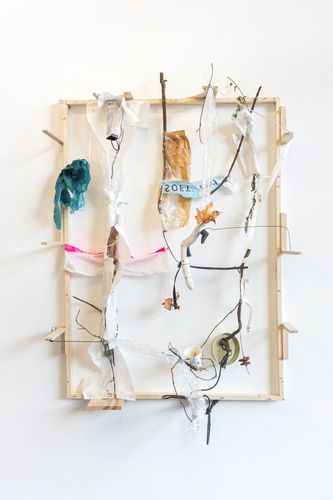
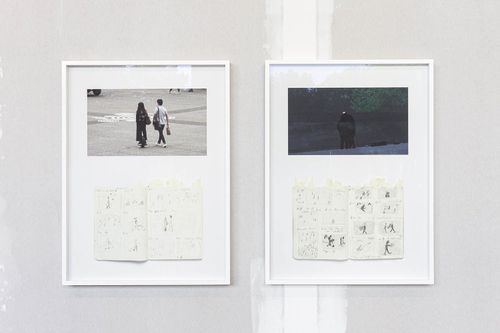
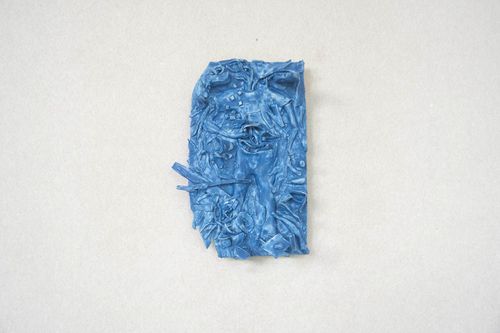
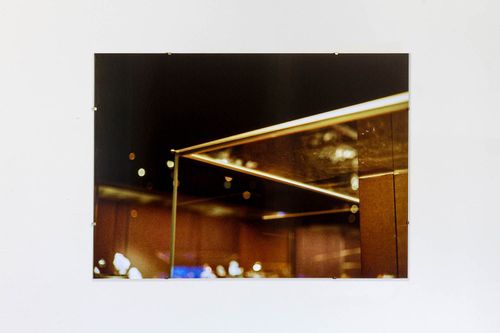
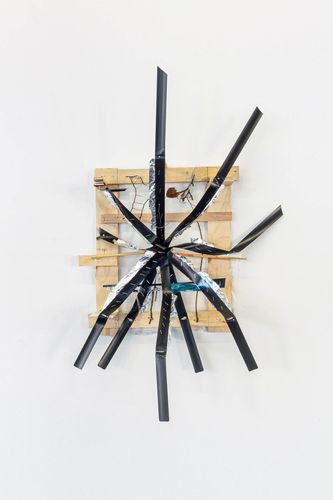
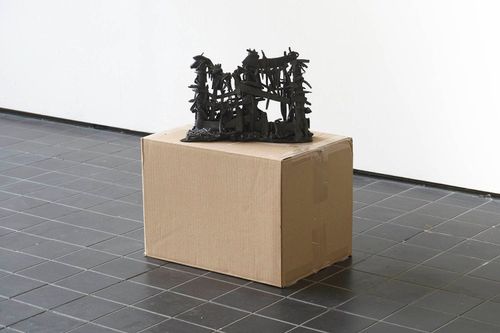
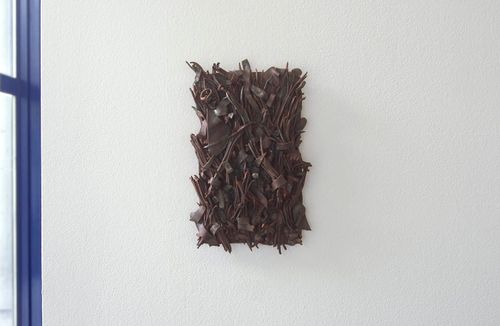
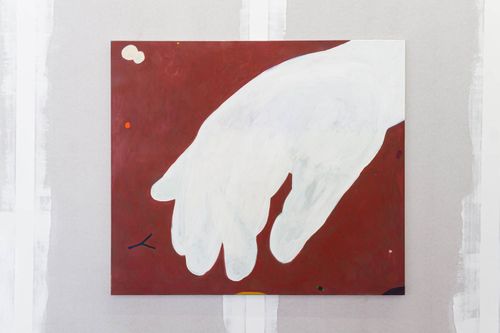
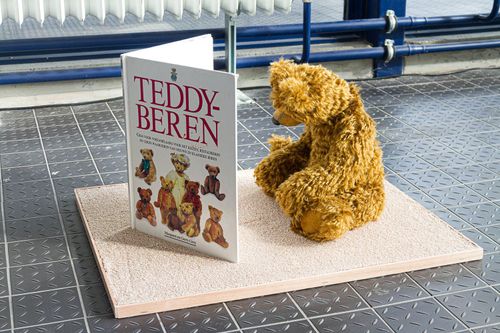
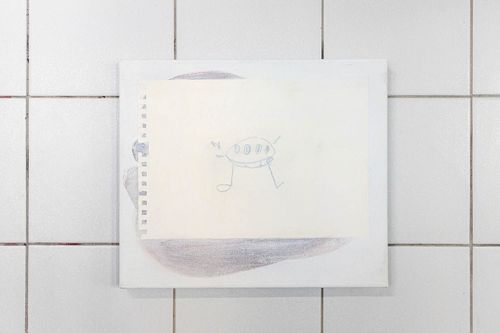

Supported by
Gemeente Den Haag